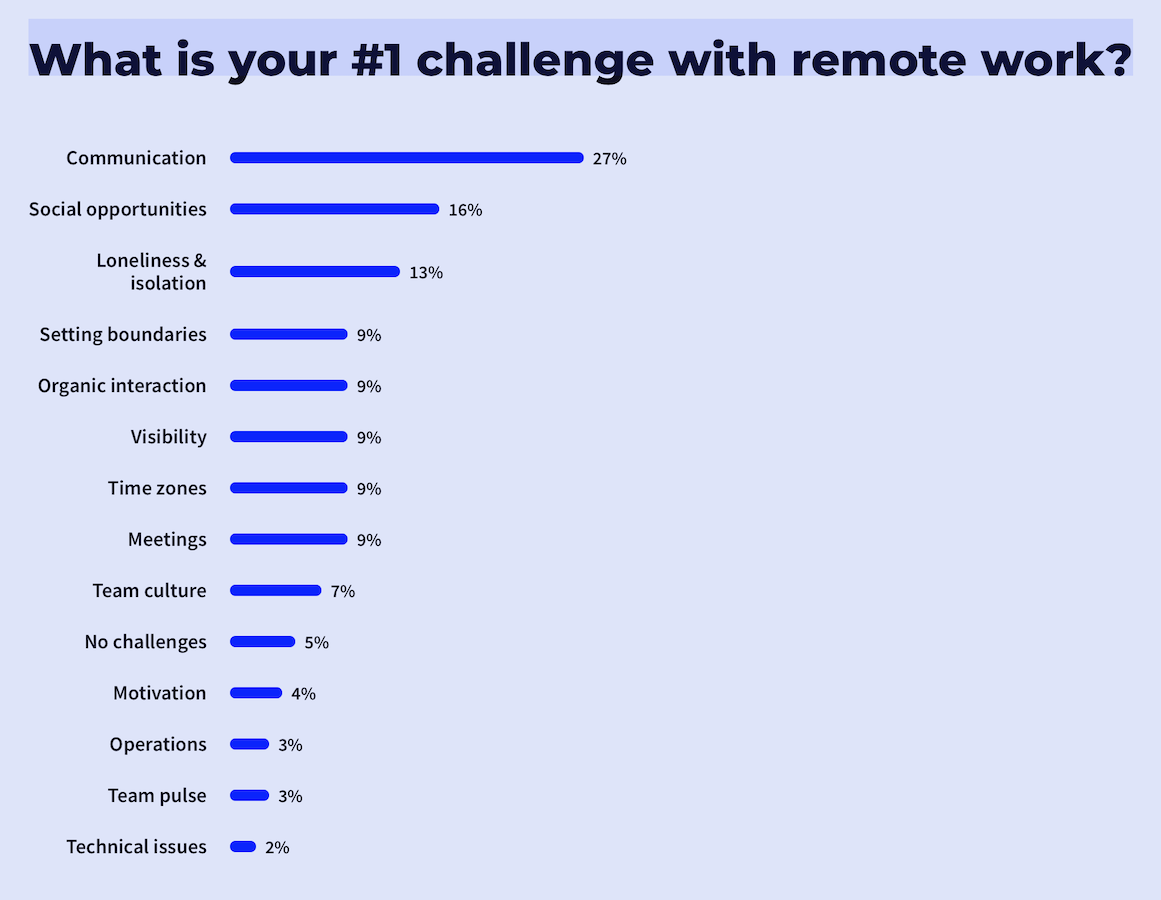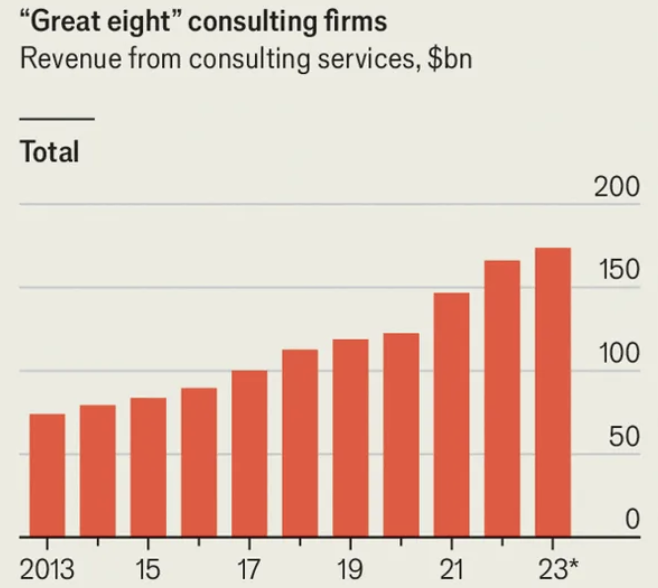What should be removed in 2021: the future belongs to hybrid teams
Sean Rus – Former Product Manager at Over with offices in Cape Town, London and 104 employees worldwide. How did the company look for a balance between employees in the office and at a distance, how to build productive interaction between them, what do teams need to organize their work more comfortably? Collected his experience and recommendations on the hybrid model of work.
A 2018 Upwork study found that 67% of American businesses are telecommuting or have implemented remote work in some form. To date, the number of such projects has increased. The world is closer than ever to fully switching to work in the remot format.
But if you search, you will find companies where most of the team is in the office, and the minority is remote. Others suggest that employees work from home “at will” or several days a week. That is, if you really want to work outside the office, this is possible. But, most likely, expectations will not be met – you have to go to the office.
And then there are projects that call themselves very strange and ambiguous: remote-friendly. What it is? Over considers itself to be a remote-friendly company and is trying to adapt workflows to this format.
Most companies that consider themselves remote are not completely remote. Rather, they are “seemingly remote”, only partially removed. Only 31% of projects are fully remodeled, Sean says. The largest of them appeared recently, are in the early stages of development, and the founders are very young. Interestingly, even without an office, they achieve success, but for the remaining 69%, this approach is impossible: they are physically located in the city, and not in the cloud. In this case, remote employees are scattered outside the office, and what is happening inside, they do not know – some of the processes are lost. The result is a dissonance: being remote is like a privilege, but to know what is happening in the company, you need to be in the office. It is very difficult to work in this mode.
It is also curious that according to the data Buffer State of Remote 2020, 80% of people outside the office do not receive any financial support. But functionally “seemingly remote” companies are indistinguishable from purely office ones, where there is Internet, tea / coffee, and often some other goodies.
In another poll 27% of respondents reported difficulties in communication, lack of access to social opportunities, and complained about loneliness and isolation. Many problems of the past year were associated with the new format of work – the restructuring and adaptation took a long time. It seemed that many companies left offices and implemented technologies that would allow teams to work comfortably from home, but in fact all they did was add subscriptions to a couple of applications.

Why are we so attached to offices? It is very important to understand why they are valuable in order to combine the advantages of all formats of work in one hybrid model.
- People become attached to certain places. And when you think back to the efforts that go into creating classy, cozy and work-friendly office spaces, it’s no surprise that people love being there.
- Offices are about communication. And this is not only chatting at the cooler, it is also just an opportunity to be among other people. Some of the social interaction in the office happens without words at all, non-verbally. You can go into open space and work for eight hours without raising your head. You may not be aware of this, but even at that moment you “communicated”: you communicated something to others about yourself with just one look.
- Offices also have strategic value: physical location in space can be important to business. For example, to be able to invite people from outside and hold meetings, or to create space for creative people in the same city.
- Plus, it is a kind of embodiment of corporate values and culture. And this point should not be underestimated either. You come to a place that says something about the company you work for.
All in all, there are plenty of reasons to have space for a team. This does not mean that offices have to exist as a physical point in space, but they also have value. Here is a quote from Winston Churchill: “We shape our buildings – thereafter they shape us” – we shape our buildings, and then our buildings shape us. Offices structure, organize work culture.

The place where the whole team gathers and the way it is designed becomes part of the corporate culture. It was not necessarily planned by specially trained people, it can develop spontaneously. But all the same, meeting rooms, kitchens, conversations at the cooler – offices are tied to verbal communication. The office is always about communication with other people. So, especially in early stage startups, the office culture is becoming corporate – even if you never intended it.
And if you look from this point of view at the disadvantages of telecommuting that respondents mentioned in the survey, you will never come across them in the office – because people can always organize themselves and just discuss. For companies, in this case, office space becomes just a crutch instead of a work culture. It is clear why the remout format does not work for them.
Is this a viable scenario to work on a “seemingly remote location”? No. As long as the office exists, remote team members will always feel like second-class people.
It is simply imperative that remotes stop being a privilege – on the contrary, the ability to work from the office should be a pleasant bonus for the team. Sean calls it Remote-first: distance is the top priority, not the office. Over found that this approach brings clarity to the daily routine. Even the office environment itself has become better: for example, the onsite team has relaxed that it is not necessary to attend such a huge number of meetings that it is normal to sometimes not be available for meetings.
Office workers with this approach do not become second-class people – as was the case with those who work from home. On the contrary, it is an attempt to create a common working environment for everyone: not in the office, but in the cloud.
What does Over do for this?
- All meetings are remote by default. Even if the participants are in the office, the call goes through Zoom.
- Arrange working conferences. For example, like this looked like a two-day workshop where the whole team worked in parallel.
- Trying to push people to work asynchronously to accommodate different time zones. And tools like Loom help replace long texts with voice memos.
- Teach employees to constantly keep others informed of what they are doing, give context to the rest of the team and access thoughts and ideas – not just results. This is a shift away from the office approach, where you could pull information out of people.
- And lastly, they solve the problem with results and achievements. There is a very high risk of simply leaving a person alone with a task – especially a voluminous one. Instead, you can prioritize from an early stage, share context and thoughts on how to work on a task, and encourage employees to express their understanding of the problem before moving on to choosing a solution.

Synchronously and asynchronously, everyone participated in the work on OKR 2020, and the Miro board was a whiteboard where everyone could add notes with thoughts and ideas.
Instead of a conclusion
Sean encourages employees to display not just finished work, but any work in general – and make it available to everyone on the team who may be interested in it.
Removal as a bonus should be a thing of the past. When removal is at the forefront, a company emerges that exists as a set of ideas and agreements, where people are united by a single space and experience from different parts of the world. This is a much more powerful and scalable approach to work. Perhaps the future belongs to him? We will find out after 2021.
How is your work organized now? Is it convenient to exist in a new reality? Share your thoughts with us in the comments 🙂
If you are looking for positions remotely, subscribe to our bot @g_jobbot… It is easy and quick to set up: scope, salary, “remode” location. The options that suit you will come to Telegram.
We used Sean’s materials in the preparation in free access…







